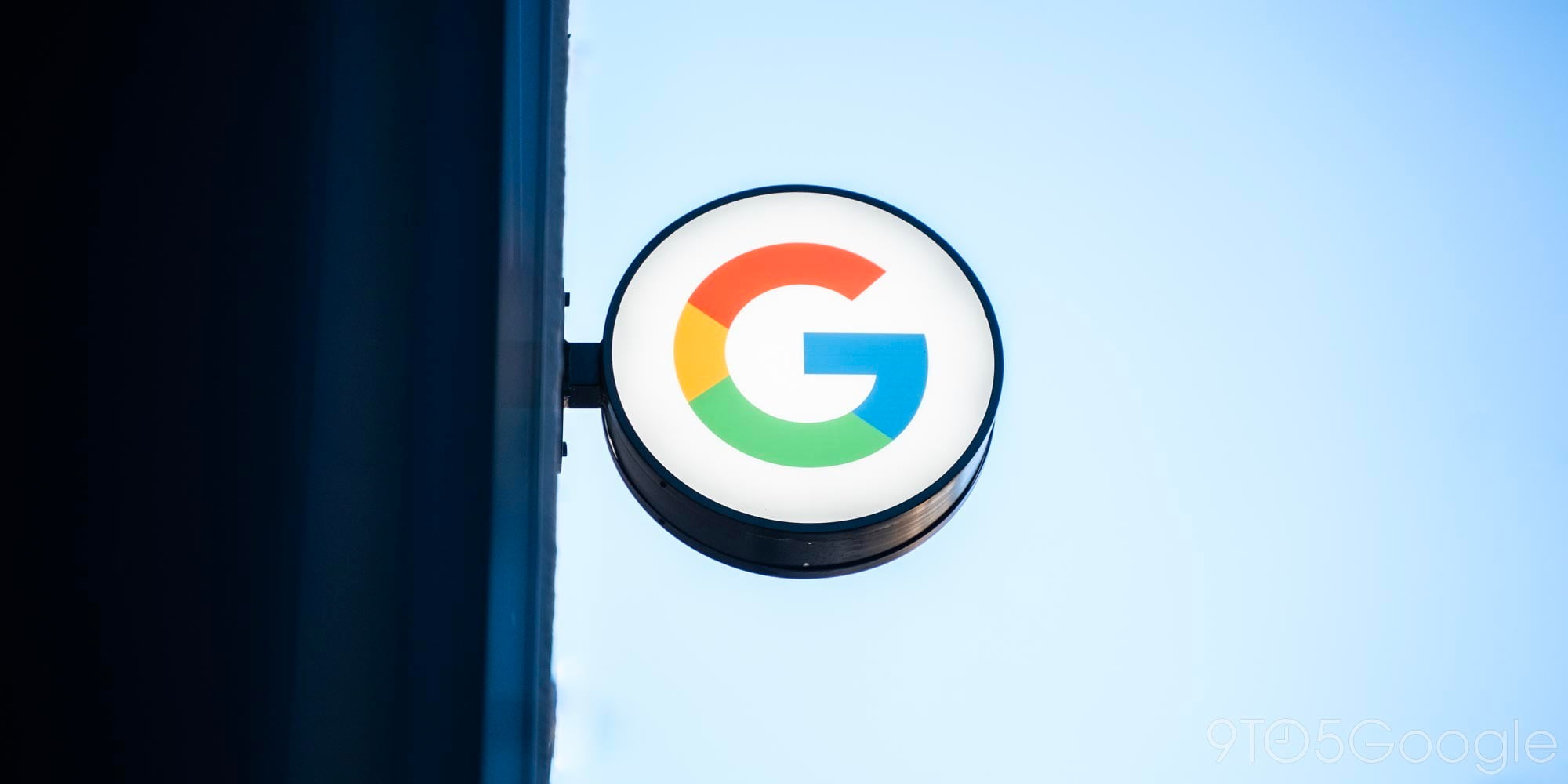
DxOMark recently published its review of the iPhone 6s, and it confirms what we already sort-of new: it’s not a huge step up from the last generation iPhones. In fact, the camera performs ever-so-slightly worse than last year’s iPhone 6 and 6 Plus, which both entered the DxOMark rankings in 1st place when they were reviewed last year. Both iPhone cameras now sit 10th on the list, and have a number of Android phones ahead of them.
With Apple packing in more pixels in to the sensor, the company’s aim was to offer higher resolution pictures without ruining performance. For the most part, Apple achieved its goal. DxOMark notes that exposure, white balance and detail are all good in bright light. What’s more, autofocus and stabilization are both great on video in daylight.
It’s in low light conditions that the iPhone 6s doesn’t perform as well. There’s noticeable noise, yellowing and ghosting in low light and indoor conditions. Still, it’s outperformed by the likes of the new Huawei Nexus 6P and Moto X Style, both of which are much cheaper than Apple’s flagship.
DxOMark noted:
From our tests, images are generally well-exposed and for the most part colors are vivid and pleasing outdoors. However, there are occasional differences in exposure noticeable between consecutive captures in very bright outdoor scenes, typically due to the inconsistent activation of the HDR mode. There is also a slight but consistent underexposure in extremely low light levels (5 lux); the result however is still quite usable and an improvement over the iPhone 6. White balance is reliable though inevitably some inaccuracies were noticeable at times, with a slight yellow cast visible in some outdoor scenes. Although this cast was present in captures from the iPhone 6 the cast was slightly stronger and more noticeable on the 6s.
As for video, it could do with some OIS action if it’s going to improve its stabilization in low light, which is currently supplied using some clever software tricks, rather than through mechanical means:
Results for digital stabilization were similar to the iPhone 6 (and the Samsung), with it working well in good lighting but rather less efficient at reducing shake in low light where, arguably, it is needed more.
Although the iPhone camera isn’t terrible by any means, there are a number of other handsets to choose from when looking for a great mobile snapper. Currently the Xperia Z5, S6 Edge and Nexus 6P occupy the first three places on the rankings. It’s also worth noting that the Galaxy Note 5, which many regard as having the best camera still hasn’t been ranked by the respected camera-testers at DxOMark. If/when that’s been reviewed, it’s likely the iPhone will have yet another Android phone ahead of it.
The days of Android fans having to put up with an average camera experience are long gone it seems.

 There are a number of things that need to be considered when trying to properly evaluate a device. Beyond mere specs and real life performances, for instance, customer satisfaction is indeed an important metric.
There are a number of things that need to be considered when trying to properly evaluate a device. Beyond mere specs and real life performances, for instance, customer satisfaction is indeed an important metric.


